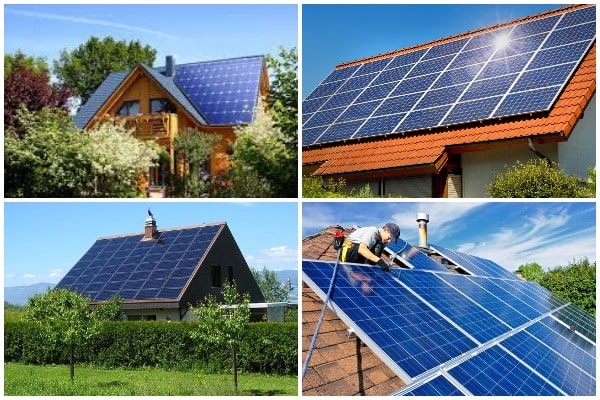In a world that is increasingly conscious of environmental sustainability, many homeowners are turning to solar power as a clean and renewable energy source. If you are considering making the switch to solar for your small home, you likely have questions about how much solar power is needed to meet your energy needs. So, what does it take to harness the power of solar energy for your small abode? Let’s explore the key factors – and answer your top questions.

- Understand your energy consumption
The first step in determining how much solar power your small home needs is understanding your current energy consumption. You must assess your monthly electricity bills and identify your average usage in kilowatt-hours or kWh – and this baseline will serve as a crucial reference point as you plan your solar power system.
- Calculating solar panel capacity
The next step is to calculate solar panel capacity, suggested by solar panel experts like www.atlanticrenewables.co.uk. Solar panels are the heart of any solar power system, and the capacity of solar panels is measured in kilowatts peak (or kWp) and represents the maximum power output under optimal conditions. On average, a small home might require a solar panel system with a capacity of 3 to 5 kWp. This can generate approximately 12 to 20 kWh per day, depending on factors like sunlight availability and panel efficiency.
- Consider the availability of sunlight
The amount of sunlight your location receives also significantly determines your solar power system’s efficiency. For example, regions with more sunlight, like the southwestern United States or the southernmost part of the UK, will yield more energy from the same solar panel system compared to areas with frequent cloud cover. So, it’s important to consider your local climate and the number of peak sunlight hours when estimating your solar power needs.
- Factor in energy storage
We all know that solar panels generate electricity when the sun is shining, but what about cloudy days or the nighttime? This is where energy storage comes into play. To ensure a consistent power supply, consider incorporating a battery storage system. Batteries store excess energy generated during sunny periods for later use, providing a reliable source of electricity during low sunlight conditions.
- Evaluating roof space
Another consideration is the available space on your roof. The physical space available on your roof will influence the number and size of solar panels you can install. You should conduct a roof assessment to determine its orientation, tilt, and any potential shading from nearby structures. A well-placed solar array can maximize energy production, making the most of available sunlight.
- Budgeting for installation costs
While solar power systems offer long-term cost savings, the initial installation cost is, of course, a crucial consideration! Factors such as the quality of solar panels, installation complexity, and government incentives can impact the overall cost. Explore financing options, incentives, and potential savings to develop a budget that aligns with your financial goals.
Also Read: Solar Panel Cleaning – Why It’s Important
- Seek professional guidance
Determining the ideal solar power system for your small home can be complex. You may want to consult a solar energy professional who can provide valuable insights tailored to your specific needs. Professionals can conduct a site assessment, recommend suitable equipment, and help you navigate local regulations and incentives. Good luck!